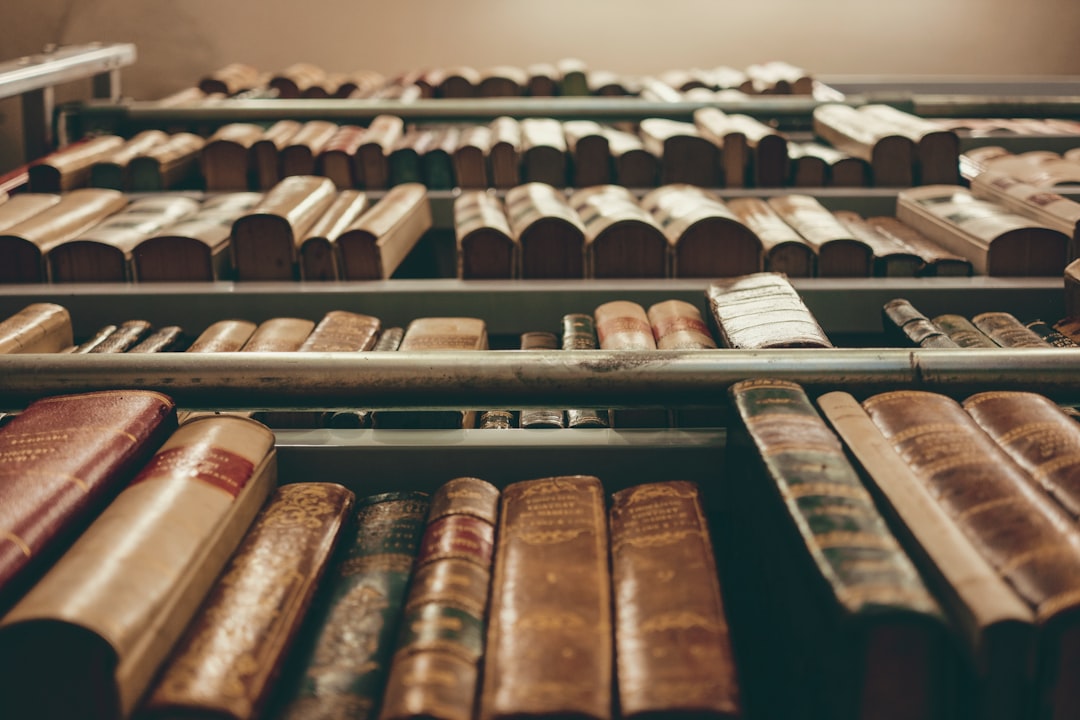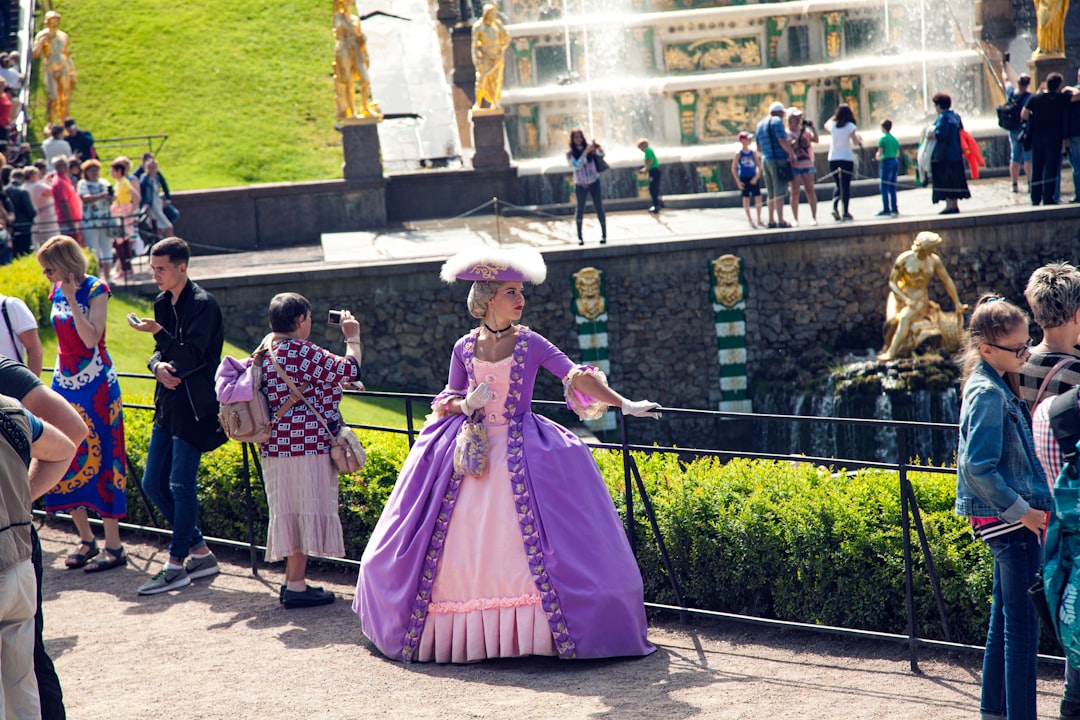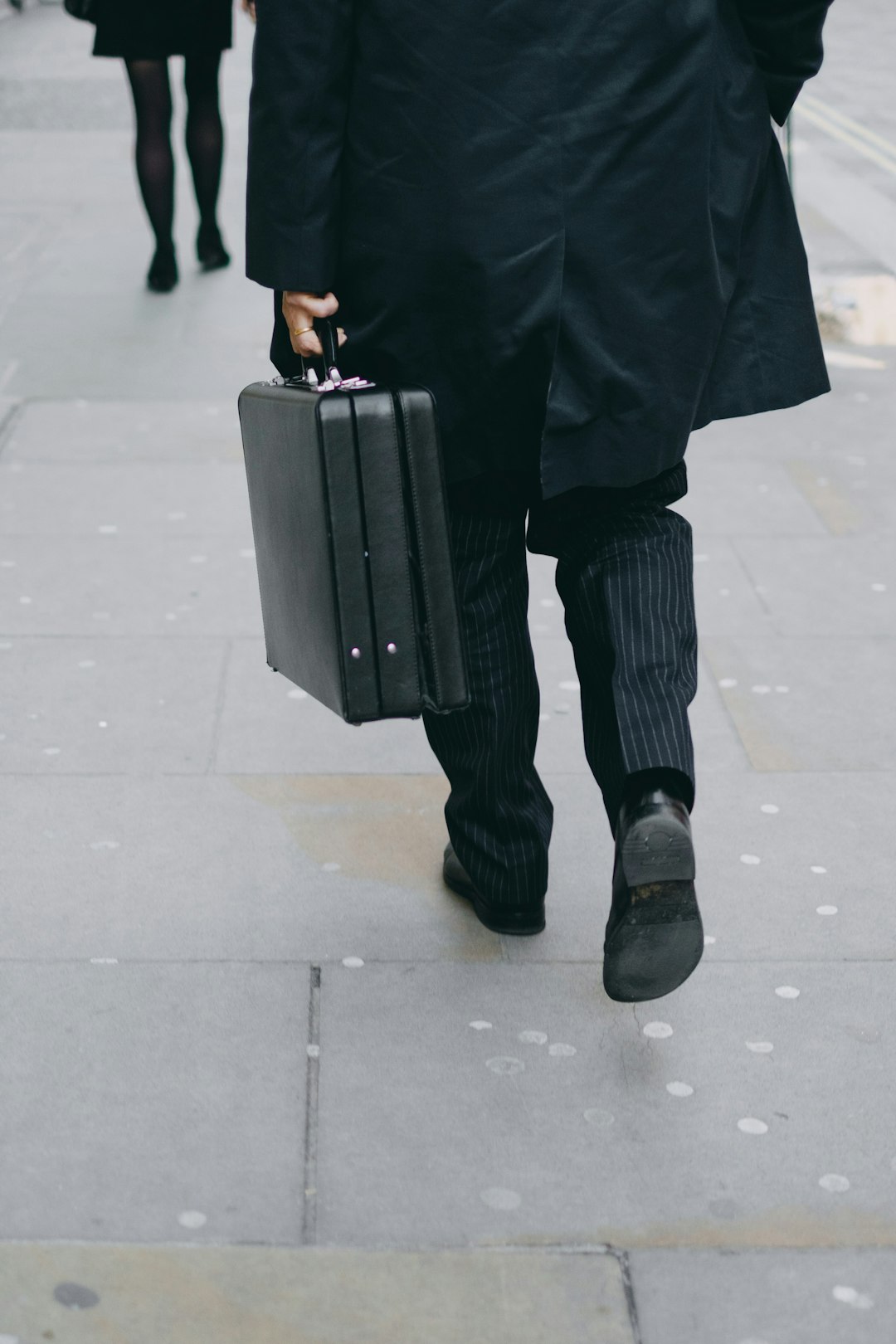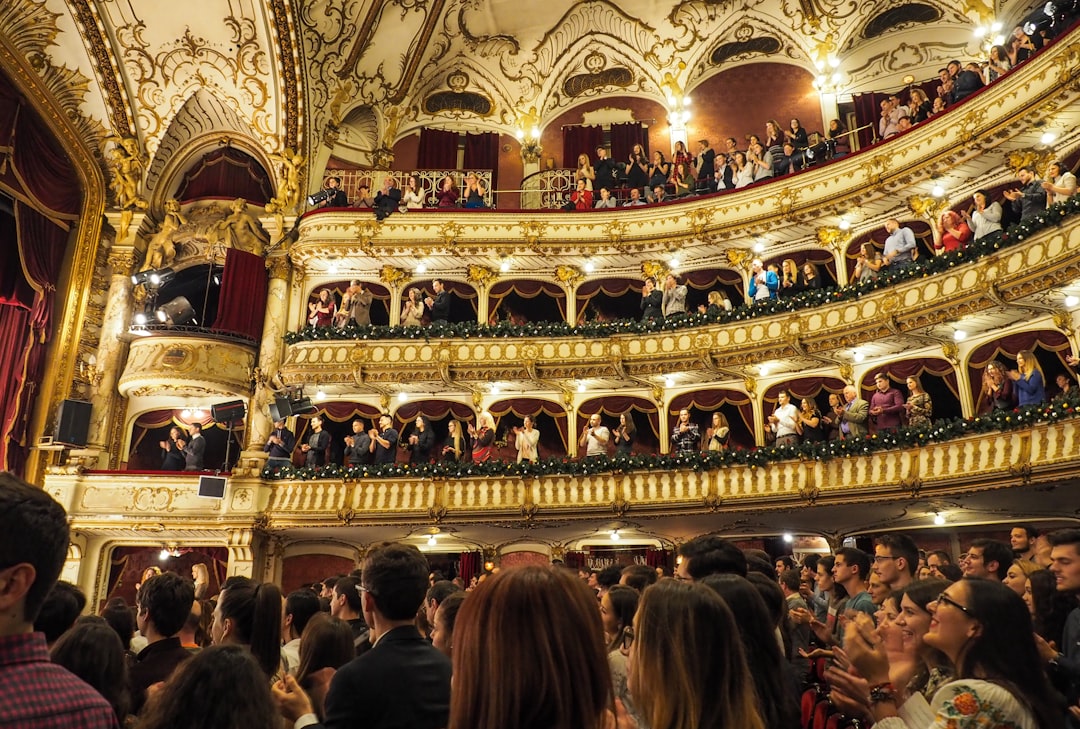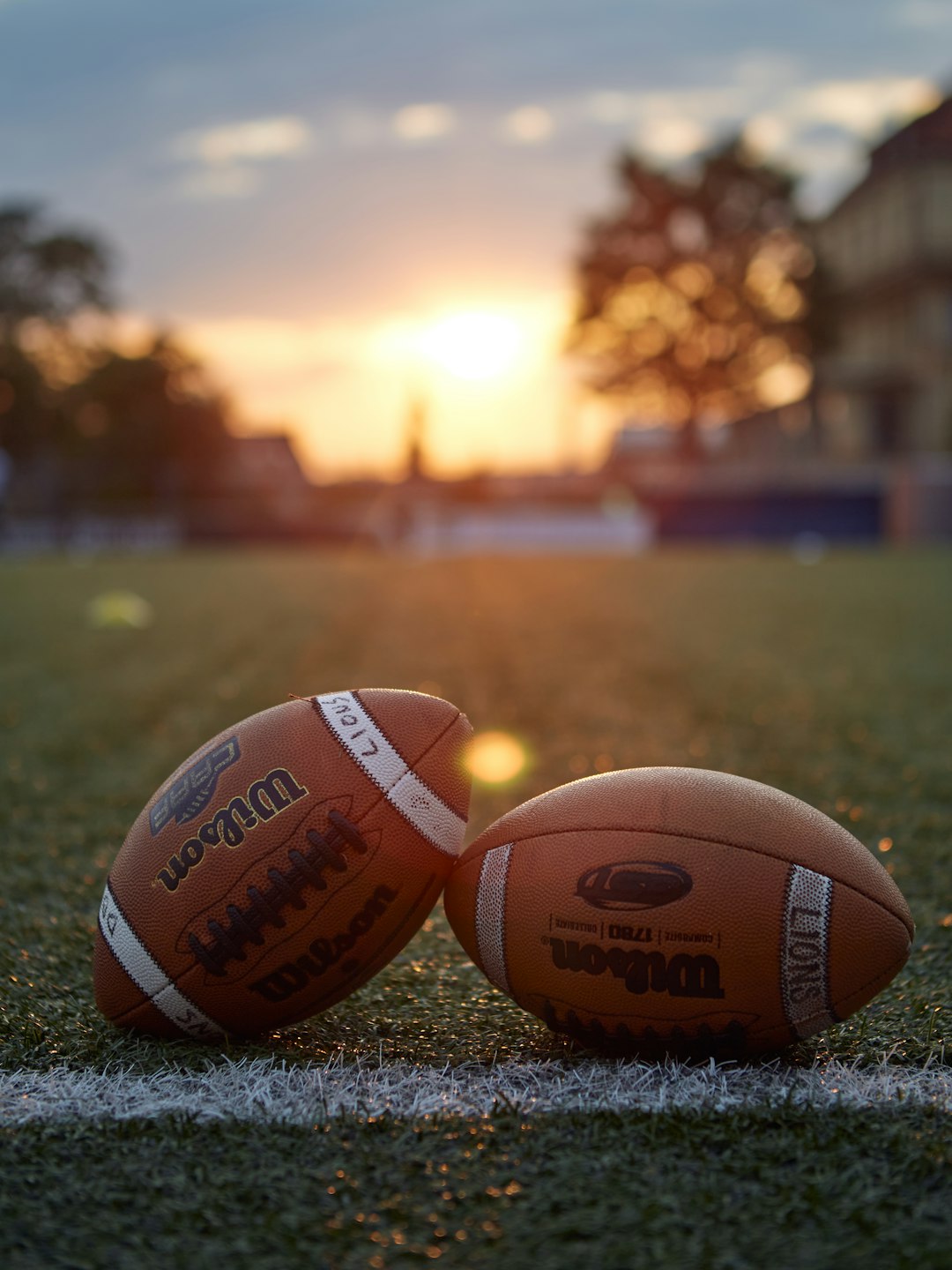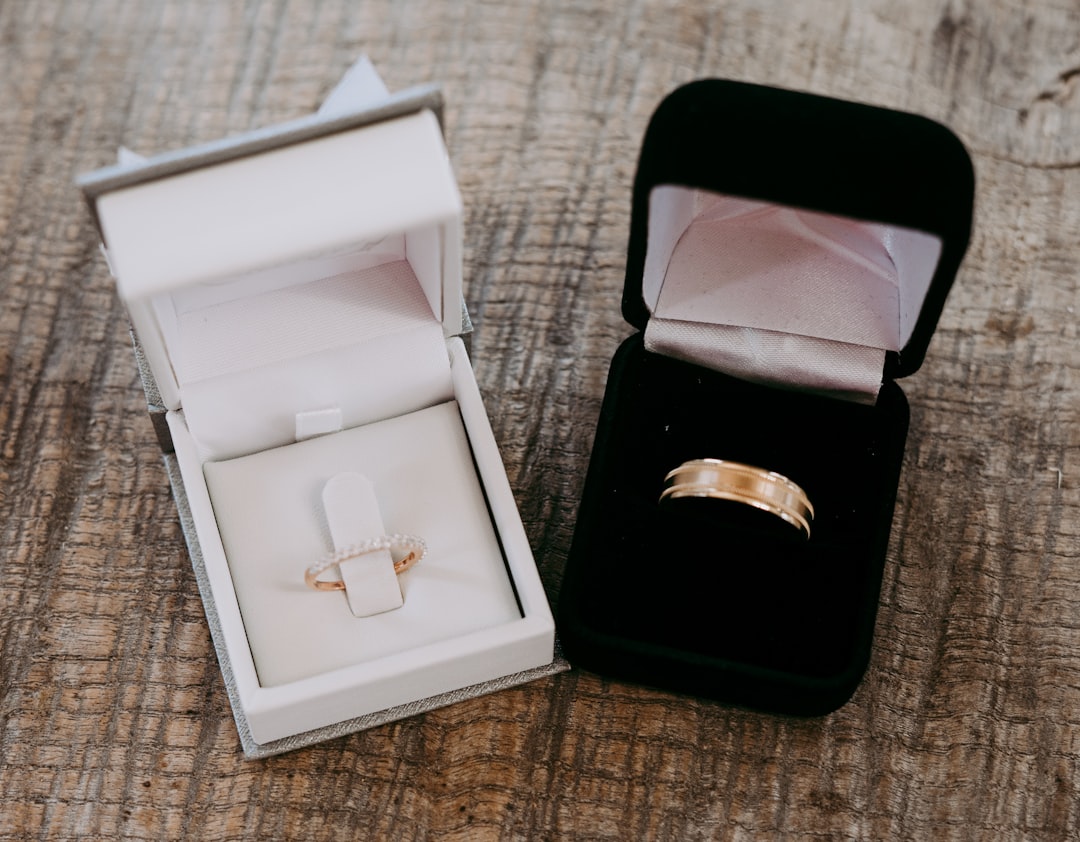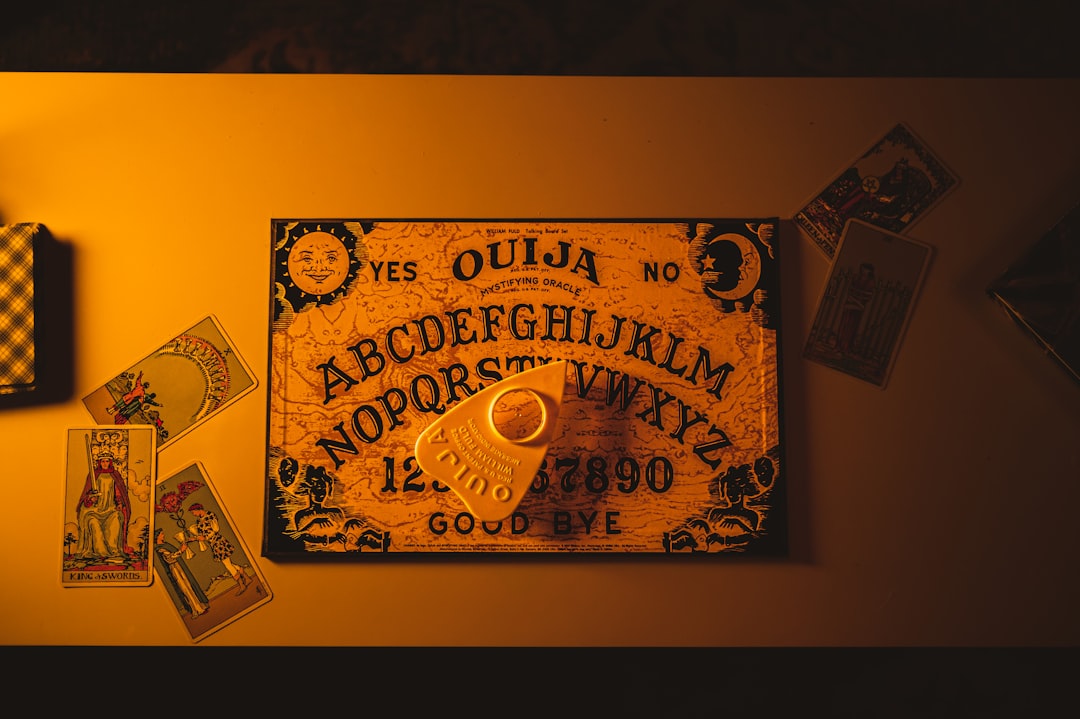A Time Unlike Our Own
You’ve read Virginia Woolf, you’ve seen the layered gowns—but so much of the Victorian era remains unexplored. From flirtatious fans to children in chimneys, here’s what living back then actually looked like.
 Photo by cottonbro studio on Pexels
Photo by cottonbro studio on Pexels
1. Cities Were Packed
With industries booming, machinery quickly took over many working-class people’s jobs and forced them into the city for work. It didn’t take long before London’s quaint population skyrocketed to at least a million people scrambling for livelihood.
2. People Read More
Reading and writing weren’t the everyday skills we know today. In fact, plenty of people before the Victorian era couldn’t do either. However, it’s hard to avoid literature when guys like Charles Dickens are around, and soon literacy rates climbed into the 90th percentile.
3. You’d Often See Children Working
Though children were soon ushered into better lives, it wasn’t unusual for them to work grueling days as chimney sweeps or in coal mines. Working hours often lasted up to 14 hours each day—and we thought our jobs were bad.
4. Kids Started Attending School
Despite their difficult days, Queen Victoria believed school was necessary and made it so that children had to attend, regardless of status. Unfortunately, labor impeded class attendance into the early 20th century, but massive improvements were still made to literacy.
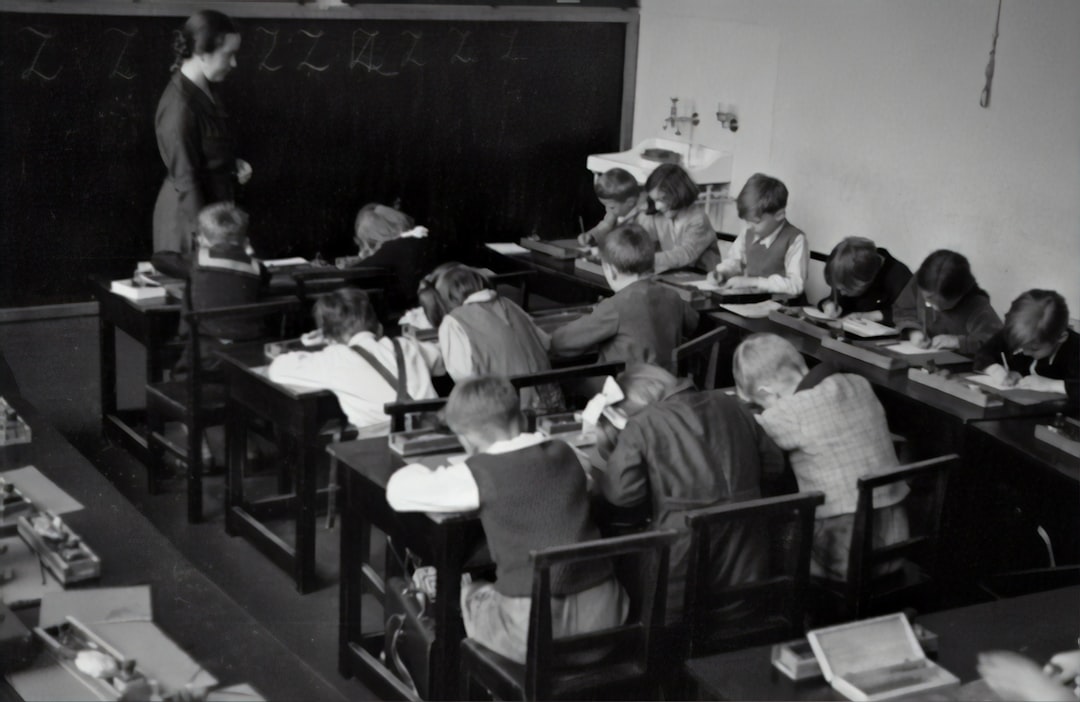 Austrian National Library on Unsplash
Austrian National Library on Unsplash
5. Life Expectancy Wasn’t Great
As you can imagine, life expectancy wasn’t great in a world rife with disease and subpar healthcare. Back then, you’d be lucky to live past your mid-40s. To be fair to the Victorian era, medical advancements did eventually extend people’s lives, but only into their 50s.
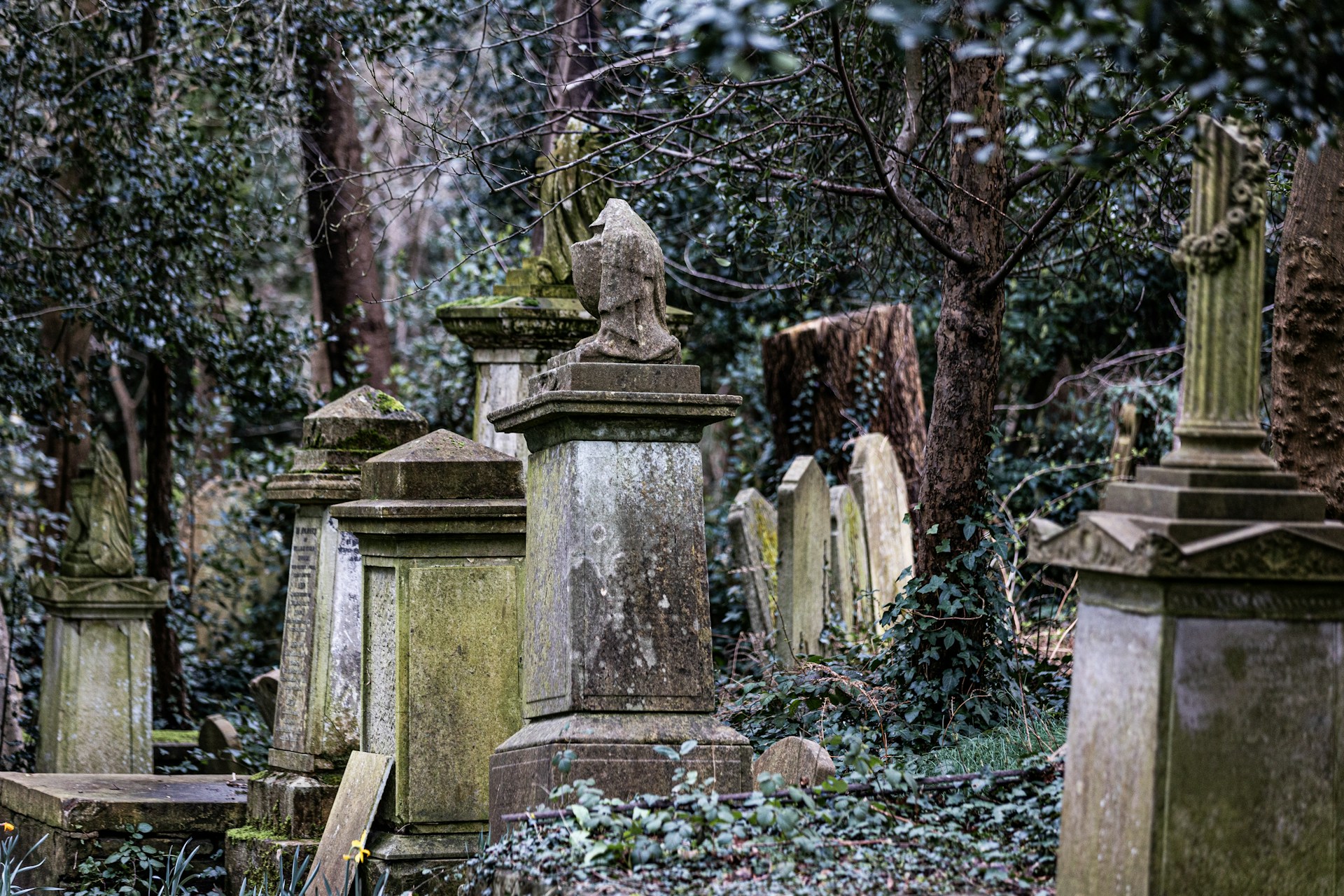 Photo by Carl Tronders on Unsplash
Photo by Carl Tronders on Unsplash
6. Railways Dominated
Choo choo! Railways dominated the Victorian era—everything from jobs to the transportation of goods flowed through the tracks. Not only that, but trains were also a quick and easy way to get around.
7. Scientific Advancements Were Made
We take advantage of our fridges. We aren’t wowed by commonplace concepts like statistics or logic either. But back in the day, these were pretty revolutionary. Science was finally recognized as a legitimate career path and allowed for all sorts of theories and advancements.
8. Welcoming New Inventions
Yesterday’s technological advancements may not seem great today, but that doesn’t negate their importance. Telegraphs, telephones, and even early radio broadcasting reared their heads at the turn of the century.
9. Disease Ran Rampant
It’s hard to ward off sickness in an 1800s hospital, which is exactly why so many people lost their lives. Tragedies like the Potato Famine coupled with poor working conditions didn’t help longevity and between poverty and cholera outbreaks, people couldn’t catch a break.
10. Healthcare Eventually Improved
That’s not to say all was lost! Pioneers like Florence Nightingale advocated for better hospital sanitation, thereby saving countless soldiers’ lives during the Crimean War. She and a small team of nurses ensured patients had soap, food, and clean bedding—practices that flourished into what we see today.
 Photo by Hush Naidoo Jade Photography on Unsplash
Photo by Hush Naidoo Jade Photography on Unsplash
11. Layers, Layers, Layers
Heaven help you on a warm day. Stockings and chemises, petticoats and corsets—the average Victorian was clad in at least three layers of clothing, which was as uncomfortable as you think. That doesn’t even cover all the accessories, like gloves, shawls, and fans.
12. Flirtatious Fans
Speaking of fans, it’s not like Victorian-era women could hop on Tinder. No, they had to flirt creatively, which often meant breaking out a fan. Women of all classes had one and plenty used them to send little messages to suitors, flapping them in specific ways to get their point across.
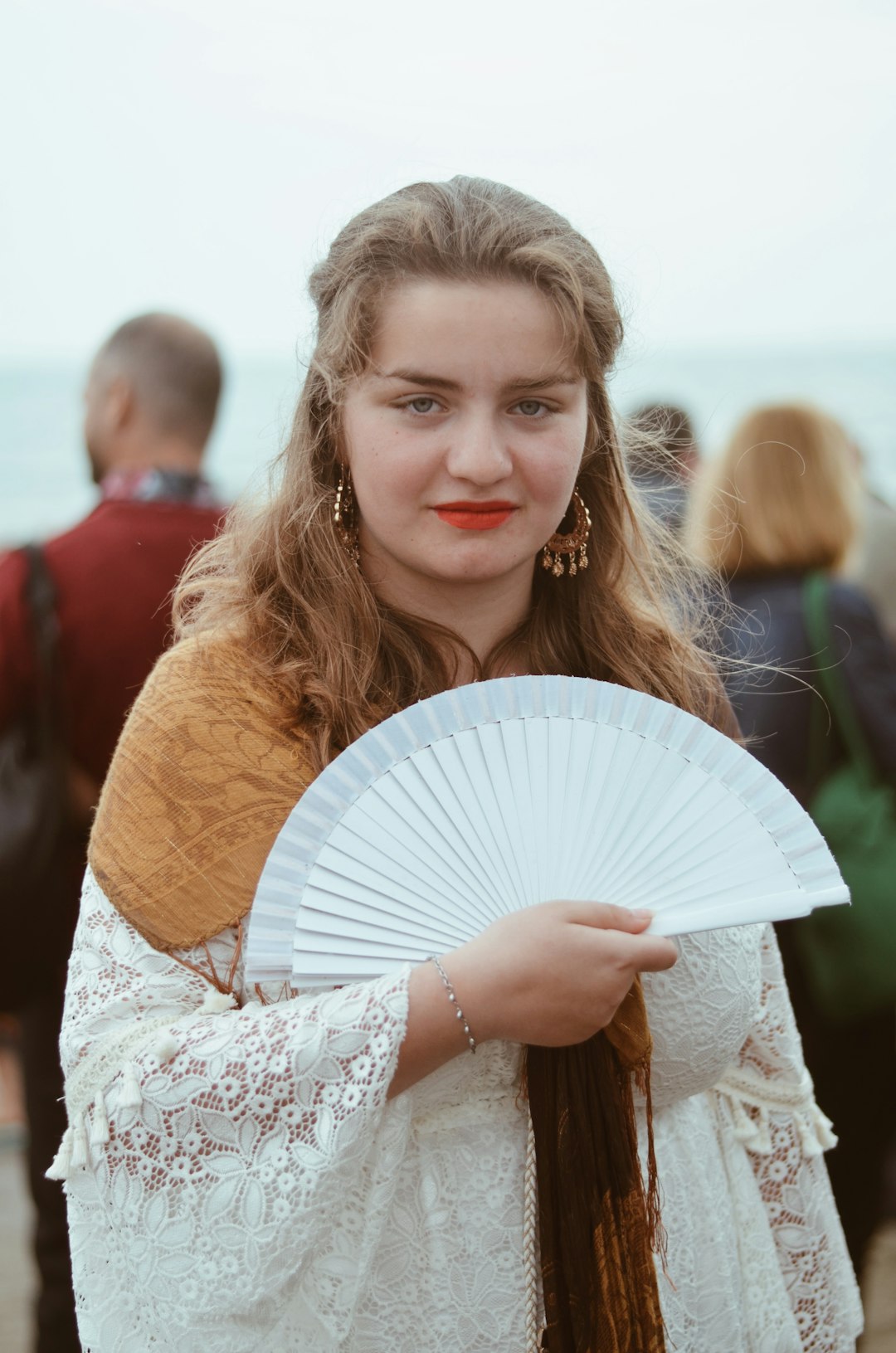 Caroline Hernandez on Unsplash
Caroline Hernandez on Unsplash
13. Lots of Black Clothing
Turns out, dark clothing has always been in fashion—though, not in the way you think. In those days, dyed clothing was hard to come by without money, reserving brighter hues for the more affluent. In fact, many upper-class citizens opted for louder colors to distinguish themselves from the working class.
14. Entertainment Boomed
Sure, reading became a popular pastime but that wasn’t the only means of entertainment. Theater, brass bands, and music halls often entertained the masses. However, these were also reserved for upper-class society, with the working class often left to their own devices.
15. Sports Became Popular
Rugby, cricket, horseracing—you name it. The Victorian era was no stranger to entertainment, particularly with sports’ popularity. Okay, maybe they didn’t have Tom Brady jerseys but football’s origins can indeed be traced back to the 1800s.
16. Marriage for Motherhood
Back then, marriage wasn’t a one-and-done deal. Unions typically came with some sort of ulterior motive, such as status or wealth, and many women became mothers soon after. Strange as it may seem, motherhood was expected. If you didn’t put a bun in the oven, society quickly ostracized you.
17. Women Worked a Ton
As hardworking as mothers were, that certainly wasn’t a woman’s only responsibility. Even without children, a home’s everyday burdens fell on women’s shoulders—they made clothes, cooked meals, did the laundry, and cared for any ill family members. A home’s demand was usually so time-consuming that many women didn’t join the workforce.
18. Divorce Wasn’t Really a Thing
Divorce is hard enough today, but back then it wasn’t really a thing at all. Society looked down on unwed women, and many of those who did break away found it hard to sustain themselves. In the end, it’s estimated that only one in ten women ever went through with it.
19. Popular Artists Were Around
We’ve spent so much time living in their written world that we forget notable figures like Charles Dickens and Thomas Hardy once roamed the streets. It wasn’t just them, of course! The Bronte sisters, Oscar Wilde, and Virginia Woolf all changed our world for the better.
20. You’d Spot Public Seances
Oh, you thought psychics were a big deal today? Victorian-era mediums weren’t shy about showing off their supposed connections, often hosting seances to reach the beyond. People were so fascinated with the occult that it was far more prevalent back then than it is today.
KEEP ON READING
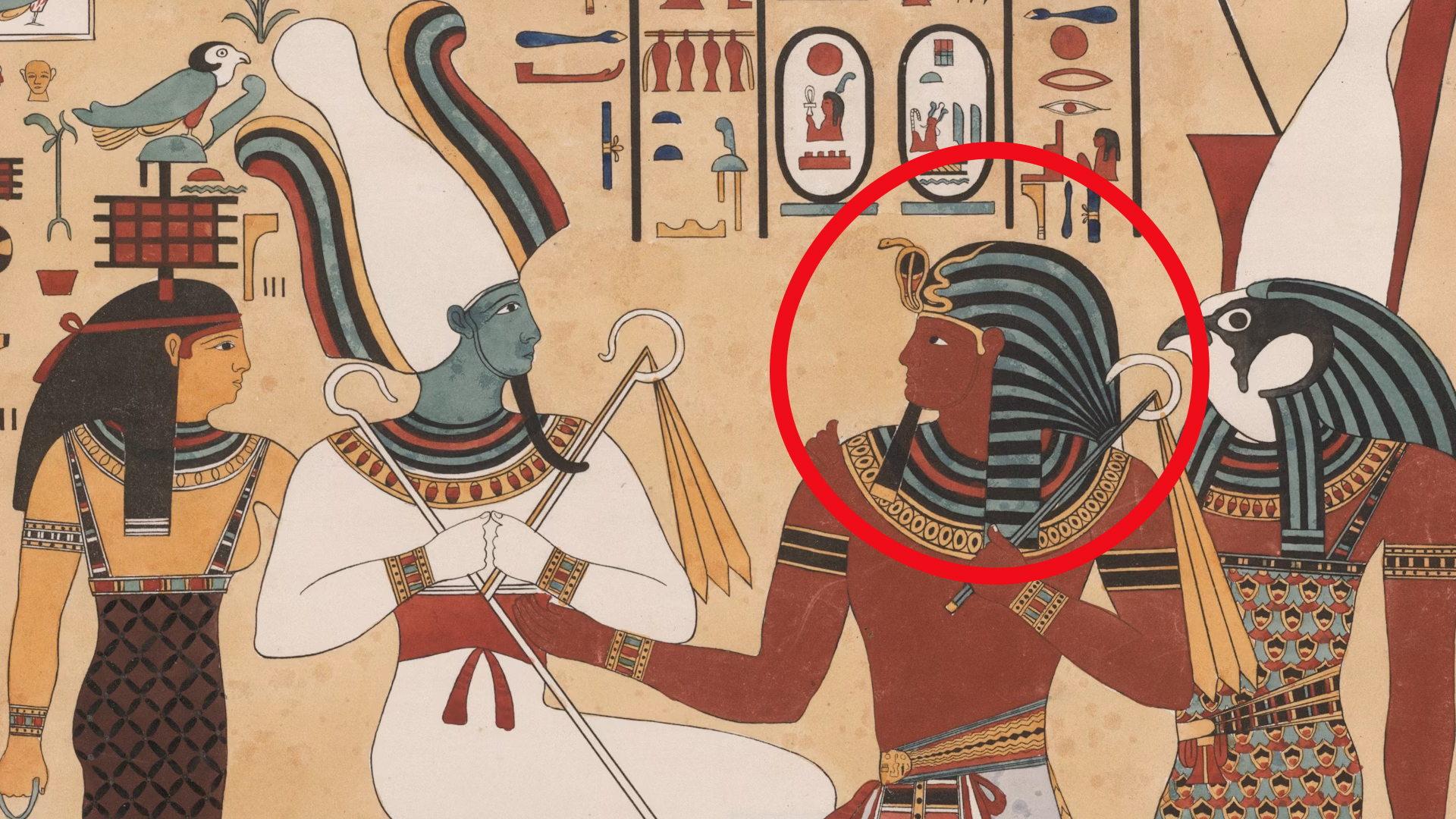
The Mysterious "Sea People" Who Collapsed Civilization
3,200 years ago, Bronze Age civilization in the Mediterranean suddenly…
By Robbie Woods Mar 18, 2025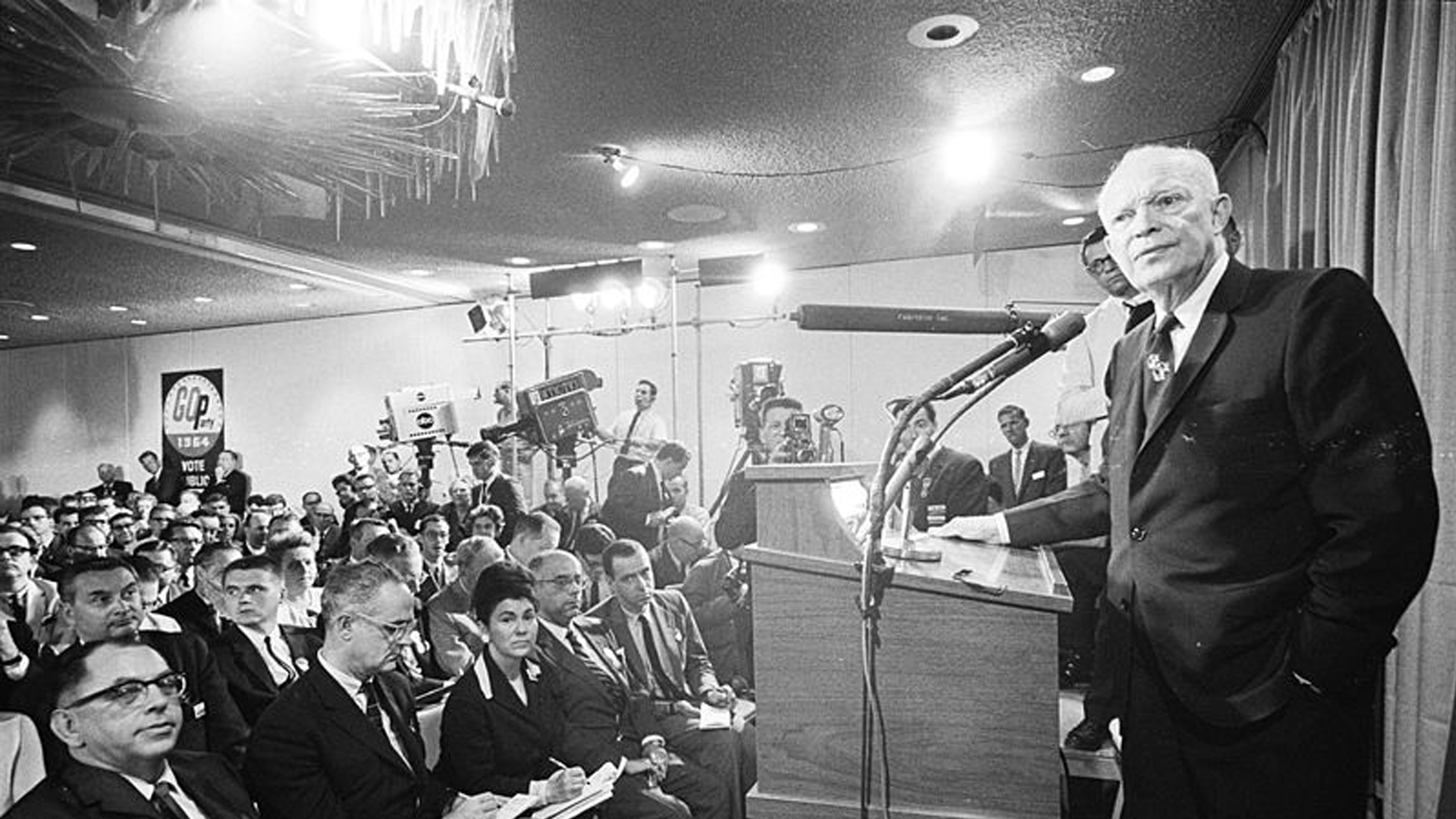
20 Important Names From World War II You Should Know
Key Players From World War II (For Good or Bad).…
By Cathy Liu Nov 7, 2024
20 Ancient Architectural Wonders That Will Boggle Your Mind
Ancient Marvels That Have Withstood the Test of Time. From…
By Christy Chan Feb 12, 2025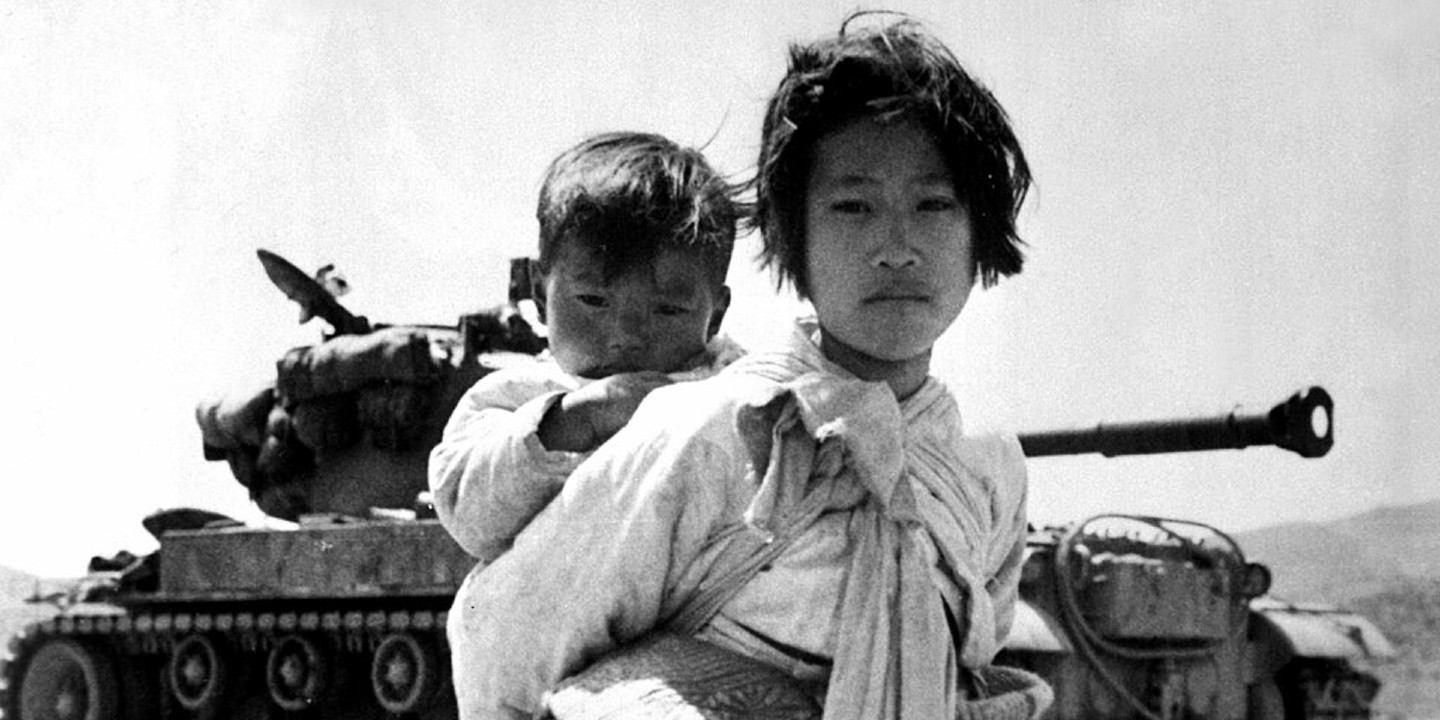
Everything You Need To Know About The Korean War
It Shaped More Than Just A Country. The Korean War…
By Emilie Richardson-Dupuis Nov 8, 2024
The 20 Most Iconic Revolutionary Figures & What They Did
These Figures Have A Complicated Legacy. From feminism to communism,…
By Emilie Richardson-Dupuis Feb 12, 2025
10 Popular Ancient Civilizations People Are Obsessed With & 10…
How Many Do You Know?. Despite being centuries old, many…
By Farva Ivkovic Mar 18, 2025


